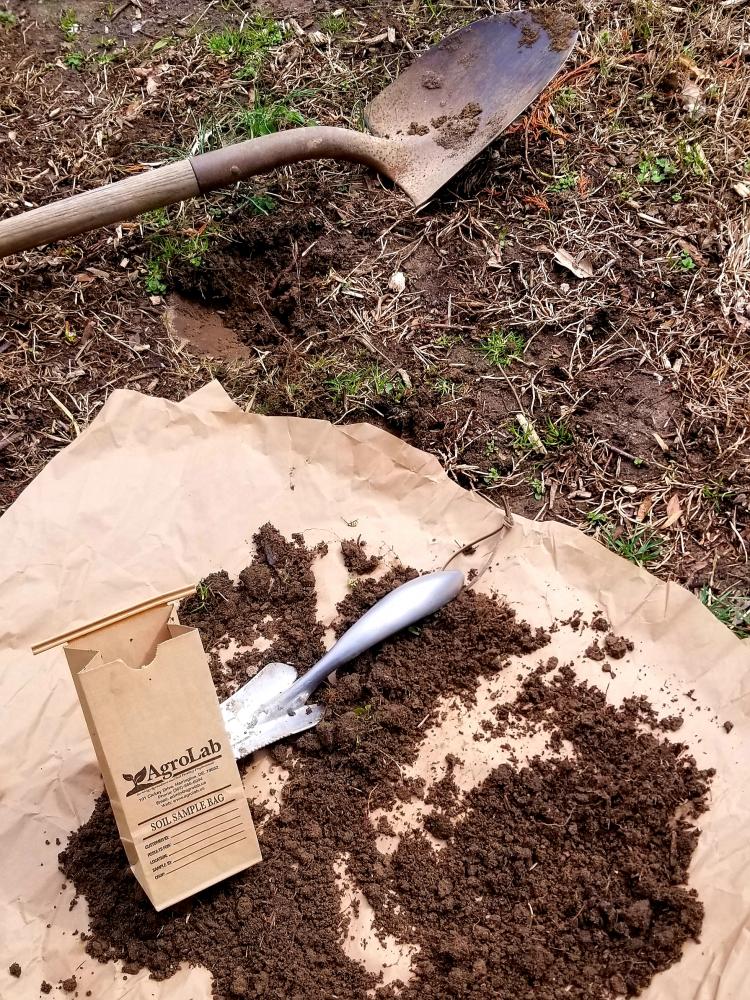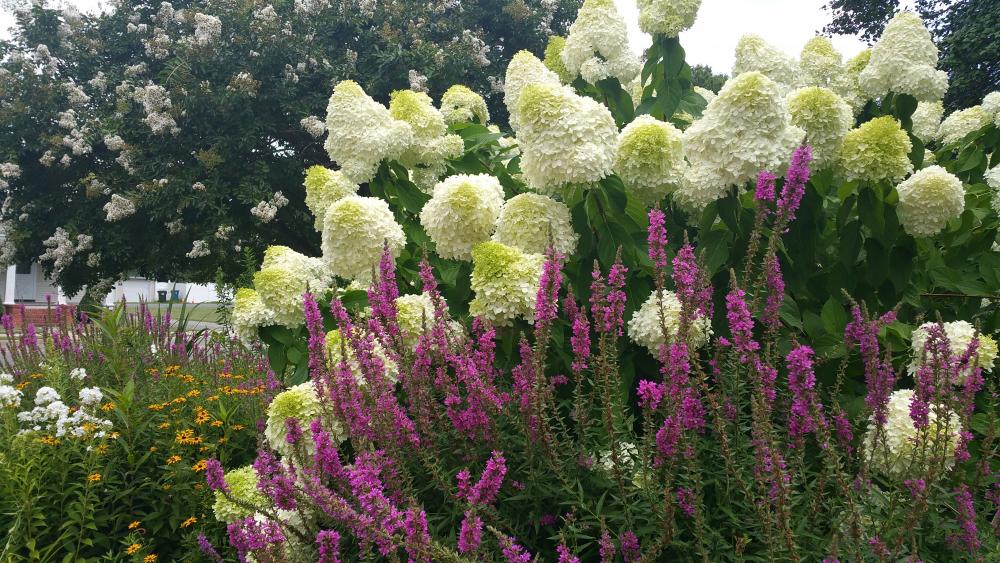Well, actually, dirt (nutrients), water, and sunlight, which are the three main ingredients to a happy plant.
With many of us working or on self-quarantine at home, this is a perfect opportunity to spend some time outdoors and help to ensure that with just a little effort, you will have a beautiful garden.
Nutrients
Start by knowing your soil’s nutrient levels. We usually take a sample of a garden’s soil to the Maryland Agricultural Extension Office on Mary’s Court in Easton ($10/soil sample). However, since their offices are closed, they recommend sending it directly to the Agro Lab—(302) 566-6094. The results will be emailed to you approximately ten days later. Once you have it, call the MD Extension Agent (410-822-1244), and they will suggest ways to amend the soil.
Here is an informative 3-minute video from the Univ. of Illinois on how to take a sample.
One thing you know already, or you’ll discover if you test your soil is that the Eastern Shore area is generally subjected to poorly drained clay soil. Fortunately, there are simple ways to improve it.
* Compost your yard waste and kitchen scraps. A compost bin is easy to start and provides natural soil conditioners that improve soil structure.
* Don’t rake/remove your lawn’s autumn leaves. By mowing them into small pieces, they will easily disintegrate over the course of the winter.
* Use commercially available compost material, such as
Leafgro is a very light organic source of humus (composted leaves and grass clippings) produced by the Maryland Environmental Service. I use it extensively in my landscape business when planting trees, adding new plants to gardens, starting a new lawn, or new flower or shrub beds.
For planting: Dig the plant’s hole twice the size and only as deep as the root ball or flower pot. Mix equal parts of Leafgro with the existing soil. Place 2” of this mix in the bottom of the hole, place the plant, so it is 2” above ground. Add the mix around the plant, lightly tamp, and water thoroughly.
For new lawns: Spread at least 2” evenly and mix or rototill to a depth of 4-6,” rake smooth, add seed or sod.
For new flower or shrub beds: Use about eight bags per 100 square feet of the garden. Mix to a depth of 4-6.”
In Talbot County, eight garden stores sell Leafgro in either bags or bulk: Bridges Land Management (bags and bulk) (410) 820-4784, Bryan & Sons 410 819-3001, Dobson Lawn & Garden, Inc. (bulk only) (410) 745-6935, Garden Treasures (bags) (410) 822-1604, George’s Green Thumb (bulk) (410) 822-9255, Robin’s Nest (bags) (410) 822-8700, The Village Shoppe (bags) (410) 745-9300, and Yard Works Plus (bulk) (410) 820-6414.
Water
One inch of rainwater a week is ideal, but you can’t rely on the weather. I give my clients two items to ensure the health of their plants and vegetables and recommend that you use these as well:
* A simple rain gauge, (around $10.00) to ensure your plants are getting 1” of rainwater weekly
* A soil moisture probe, (around $10.00) inserted 6” into the plant’s roots to see if they are dry or wet
Water the soil around the base of the plant, not the plant leaves, in the early morning, If the soil is particularly dry, re-water immediately. But be careful not to overwater if you have clay soil since it retains moisture and drains poorly. Use your moisture probe to check to measure. For my house, I have very sandy soil, so the water washes right through. Chances are the nutrients will also wash right through, so I add additional fertilizer during the growing season.
Sunlight
How much sunlight is enough? Vegetables need 6-8 hours of full, direct, hot sun. Take note of your garden’s sun exposure. Is it in full sun? Partial shade (brief, direct morning or afternoon sun) or dappled sun from mature trees? or Full shade? Read the new plant’s label to determine which plants will go where.
‘Right plant, right place’ is the mantra of an educated homeowner and landscape designer. Next month I hope to help you with this concept for your house foundation plantings. Leave a comment below if you have any questions about your soil, plants, watering, etc. or email me directly at [email protected].
Meredith Watters, Watterscape Designs, received her Masters in Landscape Architecture in 1985. In her consulting and design of residential landscapes, she maintains a strong focus on ecologically sensitive and creative outdoor solutions.
Don’t miss the latest! You can subscribe to The Talbot Spy‘s free Daily Intelligence Report here




